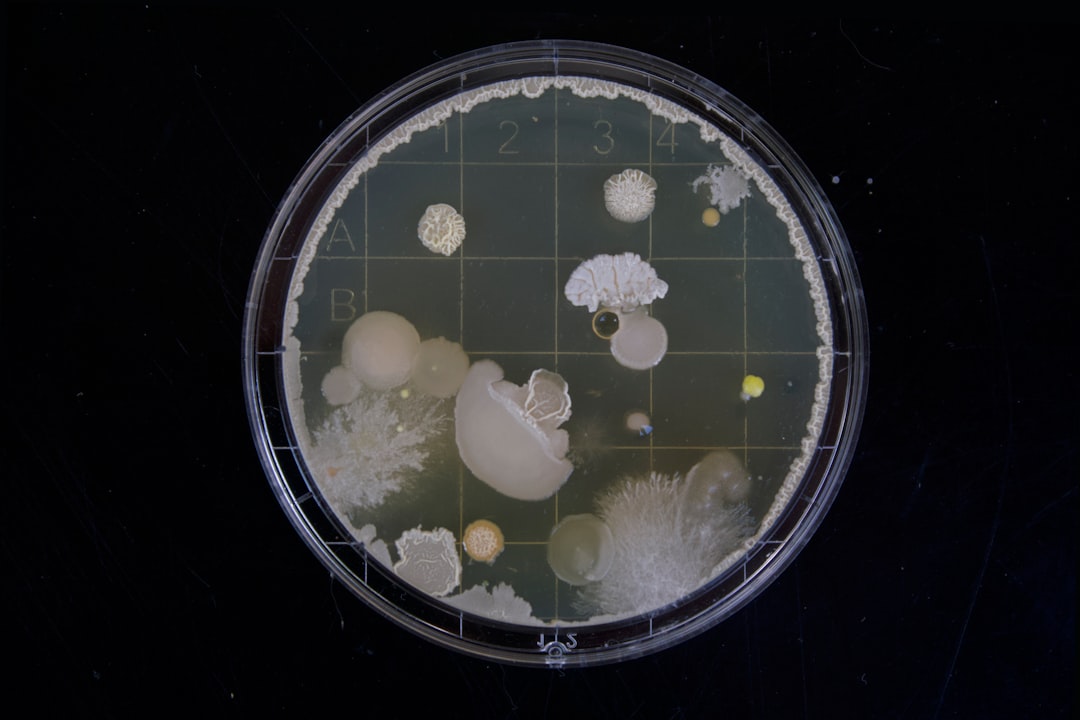What is it about?
Heteroresistance is the appearance of a small subpopulation of cells that are able to grow at drug concentrations that inhibit growth of the majority of cell population. Here we show that C. glabrata isolates have a range of levels of heteroresistance to fluconazole, the most widely used antifungal. Highly heteroresistant isolates have higher levels of efflux activity, suggesting that they reduce intracellular drug concentrations. In a study of systemic candidiasis using a mouse model, a strain with high heteroresistance was not cleared as effectively from kidney tissue as a strain with low levels of heteroresistance.
Featured Image
Why is it important?
Heteroresistant to fluconazole is important because it may explain the failure to treat individual infections that appear to be drug-susceptible, when tested in conventional assays that measure minimal inhibitory concentration. Furthermore, subpopulations of heteroresistant cells that grow despite the inhibitory drug concentration, may drive the subsequent appearance of resistance.
Perspectives
This is a first paper in an ongoing collaboration between the Ben-Ami and Berman labs in Israel and it was a pleasure to work on it together.
Professor Judith Berman
Read the Original
This page is a summary of: Heteroresistance to Fluconazole Is a Continuously Distributed Phenotype among
Candida glabrata
Clinical Strains Associated with
In Vivo
Persistence, mBio, August 2016, ASM Journals,
DOI: 10.1128/mbio.00655-16.
You can read the full text:
Contributors
The following have contributed to this page










